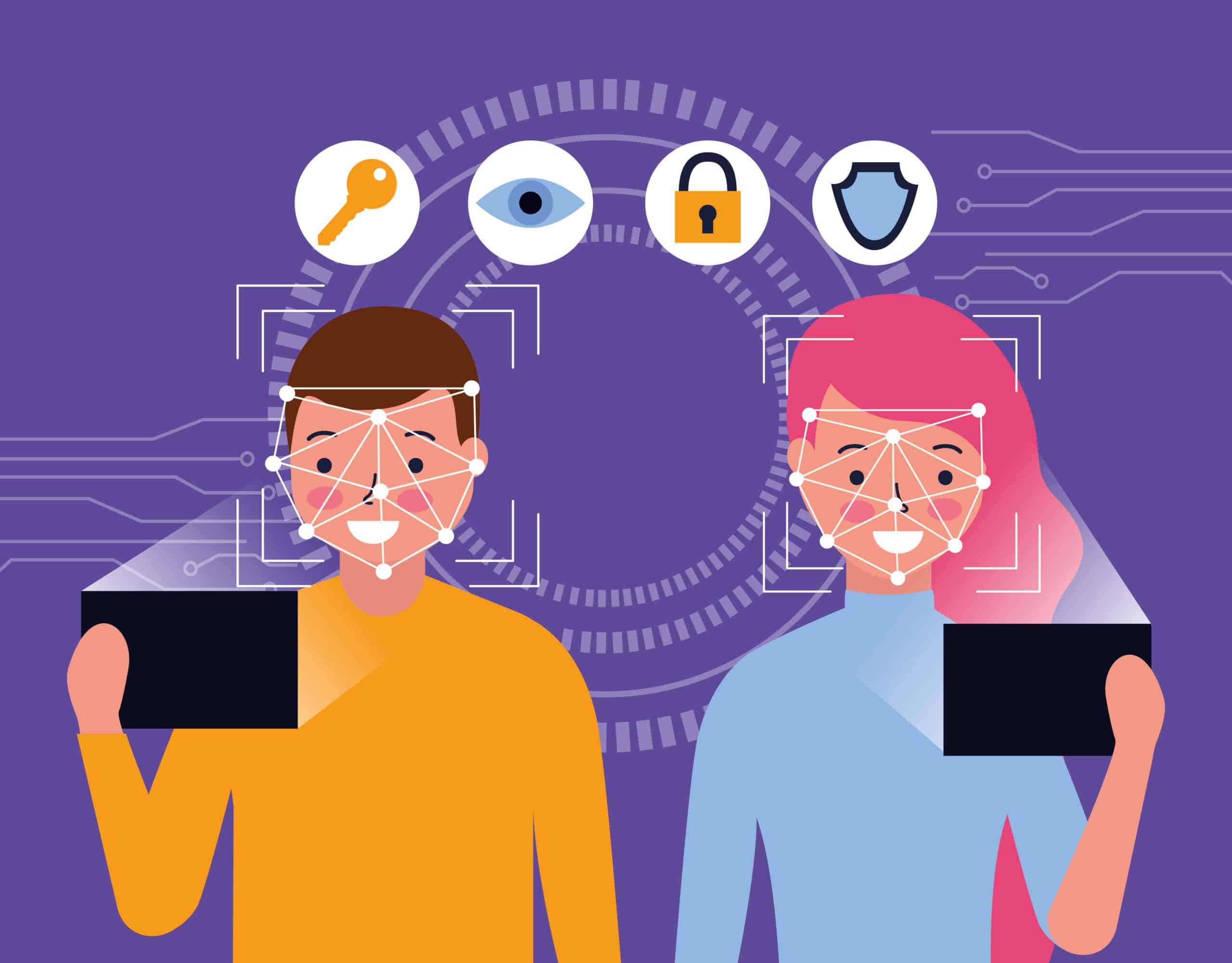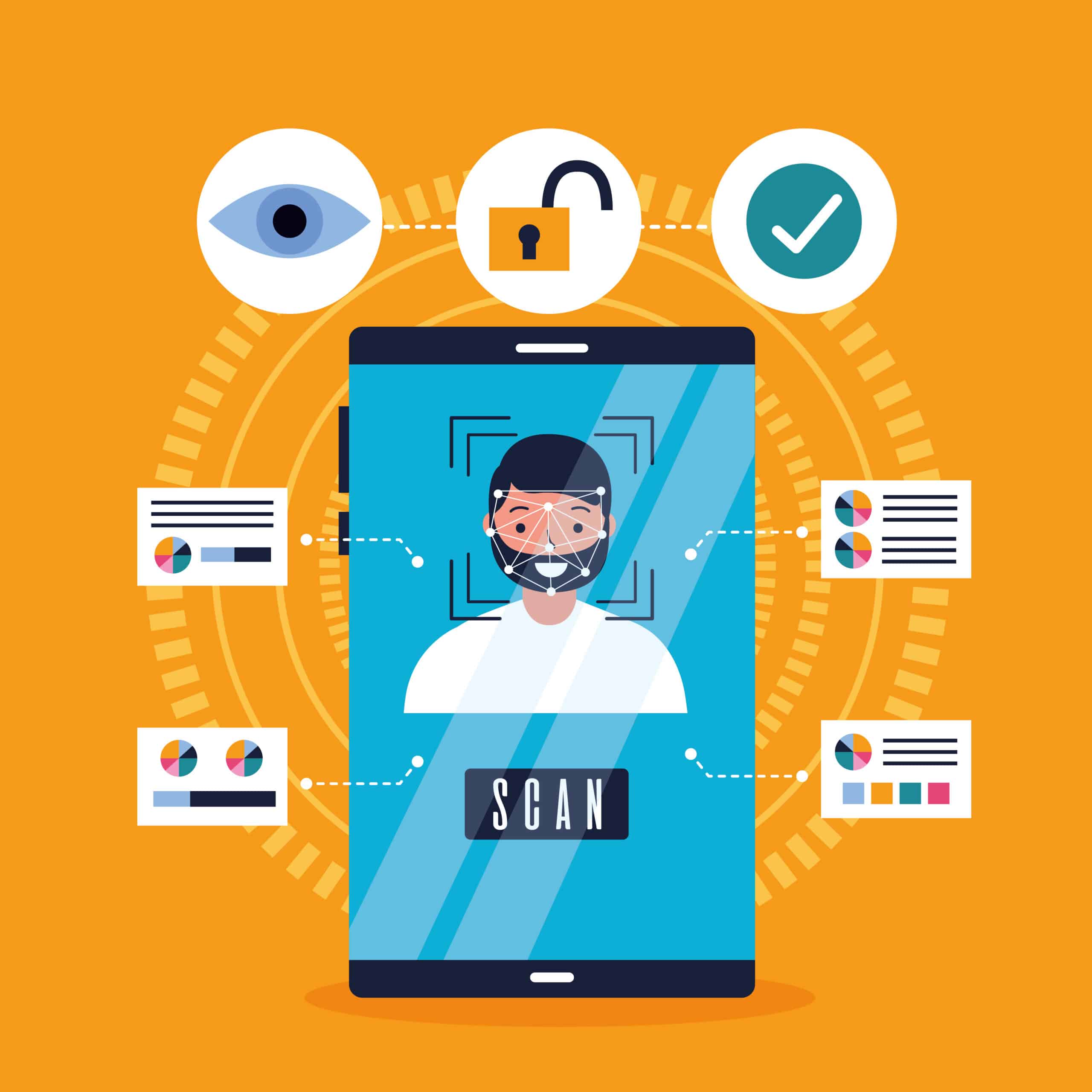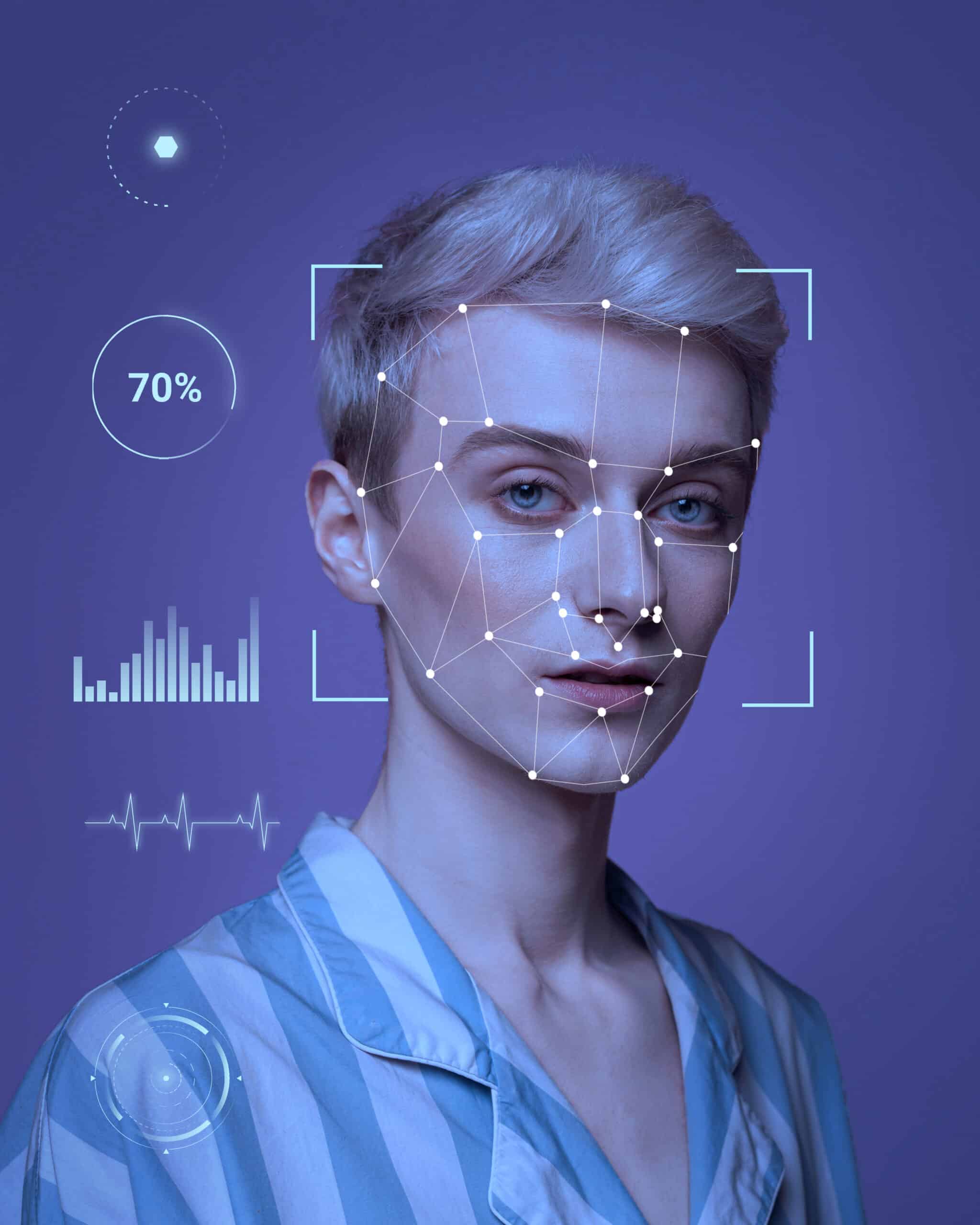Mastering Facial Recognition Identity Verification for Optimal Identification Strategies
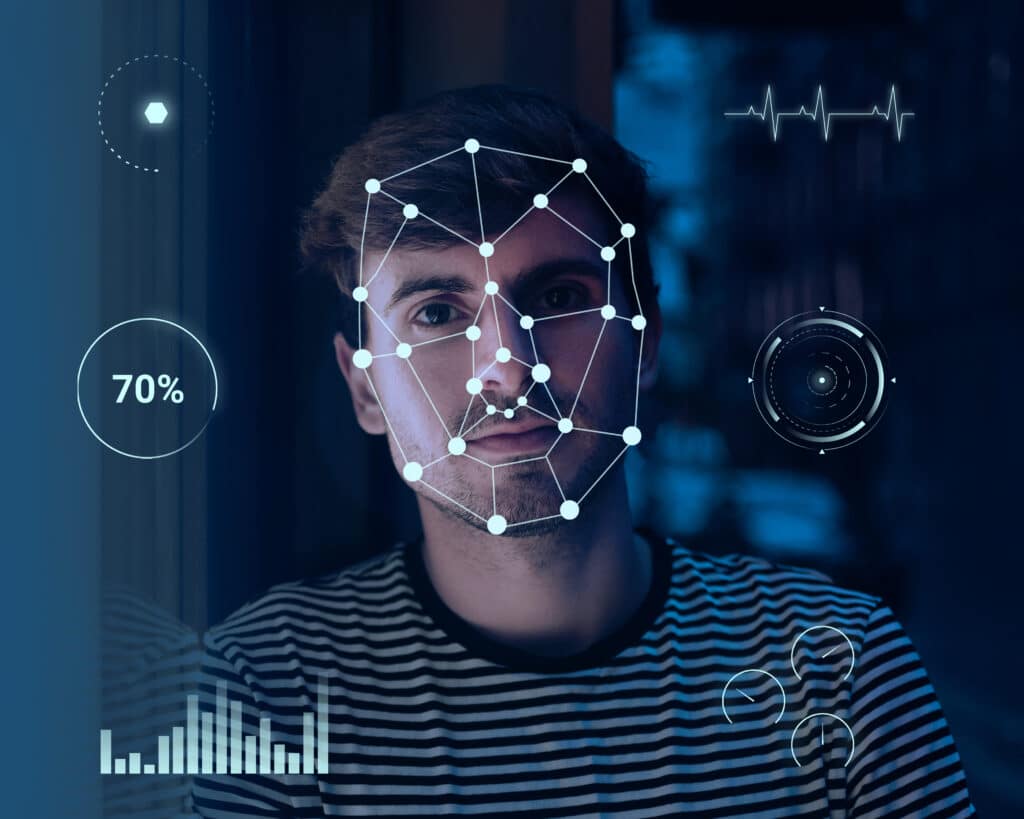
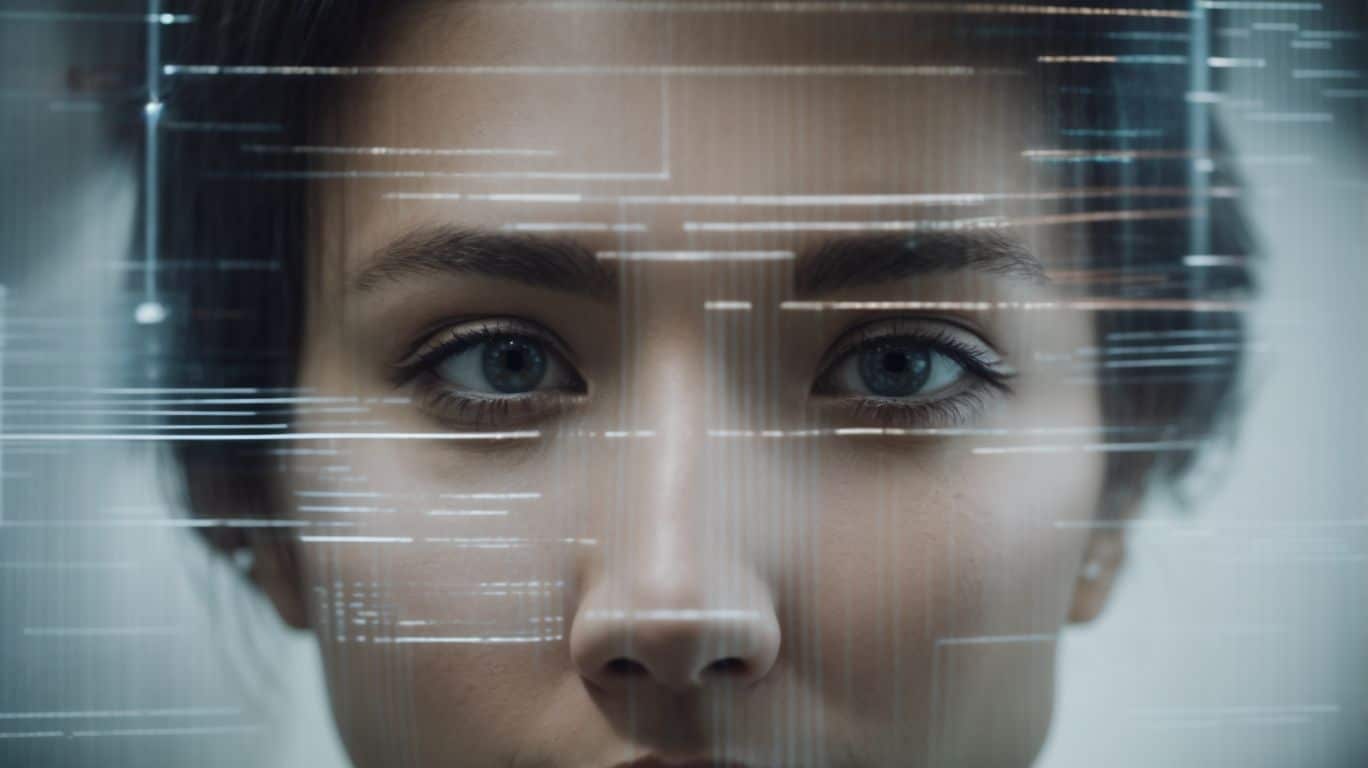
Facial recognition technology has become increasingly prevalent in our daily lives, from unlocking our smartphones to enhancing security measures. But what exactly is facial recognition identity verification, and why is it so important?
In this comprehensive guide, we will explore the components, benefits, risks, and different types of facial recognition identity verification. We will delve into the best practices for ensuring accurate verification results and address the limitations and concerns associated with this rapidly evolving technology. Join us as we uncover the strategies for mastering identification with facial recognition identity verification.
What Is Facial Recognition Identity Verification?
Facial Recognition Identity Verification is a process that utilizes biometric technology to authenticate and verify an individual’s identity through their unique facial features.
By capturing and analyzing various facial characteristics such as the distance between the eyes, the shape of the nose, and the jawline structure, facial recognition technology creates a unique digital representation of an individual’s face, often referred to as a facial template.
These facial templates serve as a digital fingerprint, allowing for accurate and secure identity verification. Identity verification systems use these templates to match a person’s live facial image with the stored template, enabling organizations to confirm the person’s identity swiftly and efficiently.
What Are The Components Of Facial Recognition Identity Verification?
Facial Recognition Identity Verification comprises various critical components, including facial biometrics, an authentication process, and the utilization of machine learning algorithms.
The significance of facial biometrics lies in its ability to capture and analyze unique facial features, such as the distance between the eyes, the shape of the jawline, and other distinctive characteristics specific to each individual.
During the authentication process, a user’s facial data is captured and compared with the stored reference data to confirm their identity. Machine learning algorithms play a crucial role in enhancing the accuracy of facial recognition by continuously learning and improving their ability to differentiate between faces, thus reducing false positives and enhancing security measures.
Why Is Facial Recognition Identity Verification Important?
Facial Recognition Identity Verification holds paramount importance in ensuring robust security measures, safeguarding data protection, and preventing fraudulent activities.
By leveraging advanced biometric technology, Facial Recognition Identity Verification offers a highly secure method of authentication. Its ability to uniquely identify individuals based on facial features not only enhances user convenience but also minimizes the risks associated with password theft and identity fraud.
Implementing facial recognition technology in various sectors such as banking, healthcare, and government services not only streamlines processes but also ensures that only authorized individuals have access to sensitive information, thereby significantly reducing the likelihood of data breaches and cyber attacks.
What Are The Benefits Of Facial Recognition Identity Verification?
Facial Recognition Identity Verification offers a myriad of benefits, including streamlined digital identity solutions, enhanced user authentication processes, and robust fraud prevention mechanisms.
This technology enables organizations to adopt more secure and convenient methods for identity verification, reducing the risks associated with traditional authentication processes. Users can experience quicker and more accurate verification, leading to improved customer satisfaction and retention rates. By integrating facial recognition into their systems, businesses can detect and prevent fraudulent activities efficiently, safeguarding sensitive data and transactions. This advanced technology also brings a modern touch to user experiences, showcasing an innovative approach to identity verification in the digital age.
What Are The Risks Of Not Using Facial Recognition Identity Verification?
The absence of Facial Recognition Identity Verification exposes organizations to risks such as identity theft, compromised access control, and inadequate cybersecurity measures.
Identity theft poses a significant threat to companies that do not implement Facial Recognition Identity Verification. Without this technology in place, malicious actors can exploit vulnerabilities and gain unauthorized access to sensitive data, putting not only the organization at risk but also its customers or employees. The lack of secure access control mechanisms increases the chances of unauthorized personnel entering restricted areas, leading to potential security breaches. Implementing robust cybersecurity measures, including Facial Recognition Identity Verification, is crucial to safeguarding the organization’s data and maintaining a secure environment.
How Does Facial Recognition Identity Verification Work?
Facial Recognition Identity Verification operates by utilizing advanced facial recognition technology, implementing stringent security protocols, and prioritizing data protection measures.
Through the utilization of this cutting-edge technology, individuals can be accurately identified and verified, enhancing the efficiency and security of various processes.
The implementation of stringent security protocols ensures that only authorized personnel can access sensitive information, safeguarding against potential breaches or unauthorized access.
The emphasis on data protection mechanisms guarantees that personal information remains secure and confidential, adhering to strict privacy regulations and industry standards to uphold trust and compliance.
What Are The Steps Involved In Facial Recognition Identity Verification?
The process of Facial Recognition Identity Verification encompasses distinct steps such as utilizing specialized facial recognition software, employing identity verification tools, and analyzing biometric data for authentication.
- Facial recognition software plays a pivotal role in this process by capturing and analyzing unique facial features to create a digital template of an individual’s face. This template is then compared against existing databases to verify the person’s identity.
- Identity verification tools further enhance the process by checking additional factors such as government-issued IDs or biographical information.
- The final step involves analyzing biometric data, like facial geometry, to ensure accurate authentication, as each individual’s biometric data is distinct and unchangeable, making it a highly secure form of verification.
What Are The Different Types Of Facial Recognition Identity Verification?
Various types of Facial Recognition Identity Verification exist, each catering to specific needs and requirements, including ensuring accuracy, utilizing diverse identity verification methods, and managing access effectively.
Accuracy is a crucial factor in facial recognition technology to minimize errors and enhance security. One method of ensuring accuracy is through liveness detection, which verifies that the biometric information captured is from a live person and not a static image or video. Some systems incorporate multi-factor authentication, combining facial recognition with other forms of identification such as passwords or PINs for added security. Adopting various methods like these helps in enhancing the overall accuracy and reliability of facial recognition systems in identity verification processes.
2D Facial Recognition
2D Facial Recognition technology operates by analyzing two-dimensional images of facial features, showcasing advancements in implementation techniques while addressing potential errors and limitations.
One key advancement in the implementation of this technology is the integration of machine learning algorithms, enabling more accurate and efficient facial recognition. By continuously learning and improving from a large dataset of facial images, the system can adapt to various lighting conditions and angles, reducing false positives and negatives.
Challenges still persist, such as issues with accuracy when dealing with low-quality images or facial occlusions. Privacy concerns and ethical considerations surrounding the use of facial recognition technology continue to be hotly debated topics in the realm of data security and personal privacy.
3D Facial Recognition
- 3D Facial Recognition technology utilizes three-dimensional facial data to enhance accuracy, addressing challenges related to identification, incorporating advanced tools, and emphasizing biometric identification features.
- By analyzing the unique contours and features of an individual’s face in three dimensions, this technology is able to provide more precise identification compared to traditional methods.
- One key challenge that 3D Facial Recognition technology helps overcome is the issue of false positives and false negatives in identification processes.
- Specialized tools such as depth-sensing cameras and facial mapping algorithms play a crucial role in capturing and analyzing facial data accurately, ensuring a high level of security.
- The biometric identification capabilities of this technology offer increased protection against unauthorized access, making it a valuable asset in industries such as law enforcement, border control, and cybersecurity.
Thermal Imaging Facial Recognition
Thermal Imaging Facial Recognition technology offers unique applications by capturing facial data through thermal signatures, ensuring privacy considerations, and adhering to best practices in identity verification.
This advanced technology is widely used in various sectors such as healthcare, security, and access control systems. By utilizing thermal imaging, facial recognition systems can efficiently identify individuals even when traditional visual recognition methods are hindered, such as in low light conditions or with obscured faces.
Privacy-preserving methodologies such as encryption of biometric data and secure storage protocols are crucial in safeguarding individuals’ personal information. Best practices for identity verification include the use of multi-factor authentication and continuous monitoring to enhance security measures and prevent unauthorized access.
Skin Texture Analysis Facial Recognition
Skin Texture Analysis Facial Recognition technology focuses on personalized identification by analyzing unique skin textures, offering tailored solutions, enhancing biometric security protocols, and ensuring accurate personal identification.
This technology has revolutionized identification processes by leveraging the distinct patterns and features present in each individual’s skin texture. It provides a more customized and sophisticated approach to biometric security, ensuring that only authorized persons can access sensitive information or secure locations.
The precision of this technology enables seamless authentication, significantly reducing the risk of unauthorized access or identity fraud. By harnessing the power of skin texture analysis, organizations can implement advanced security measures that prioritize accuracy and efficiency in personal identification.
What Are The Best Practices For Facial Recognition Identity Verification?
Employing best practices in Facial Recognition Identity Verification involves embracing innovation, prioritizing accuracy in identity verification processes, and enhancing biometric security mechanisms.
- By staying abreast of the latest technological advancements, organizations can leverage cutting-edge facial recognition algorithms to enhance the precision and reliability of identity verification.
- Regularly updating and calibrating facial recognition systems also play a crucial role in ensuring accurate identification.
- Reinforcing biometric security measures, such as multi-factor authentication and liveness detection, can significantly bolster the overall security framework.
Embracing a proactive approach to integrating these practices can help mitigate risks and safeguard sensitive data against unauthorized access.
Use High-Quality Images
One essential best practice in Facial Recognition Identity Verification is to ensure the utilization of high-quality images, mitigating limitations, enhancing biometric authentication processes, and facilitating seamless integration of facial recognition technology.
High-quality images play a crucial role in overcoming challenges such as poor lighting conditions, varying angles, and image distortions that can hinder the accuracy of facial recognition systems. By capturing clear and detailed images, the system can more effectively identify unique facial features and improve the overall authentication process. With superior image quality, the technology can be seamlessly integrated into various security solutions, providing a reliable and efficient method of verifying identities in both physical and digital environments.
Ensure Adequate Lighting
Maintaining adequate lighting conditions is crucial for ensuring compliance with identity verification standards, safeguarding biometric data protection, and upholding user privacy in Facial Recognition Identity Verification processes.
Proper lighting plays a pivotal role in the accuracy of facial recognition systems, as it helps capture clear and precise images of an individual’s facial features.
By adhering to specific lighting requirements, organizations can effectively verify the identity of users, reducing the risk of fraudulent activities.
Optimal lighting conditions contribute to enhancing the security of biometric data by minimizing errors in facial recognition algorithms.
This not only improves the overall performance of identity verification processes but also addresses concerns related to unauthorized access to sensitive biometric information.
Have Multiple Angles Of The Face
Employing multiple angles of the face during verification procedures is a recommended best practice, ensuring accuracy in identity verification, leveraging advanced biometric recognition technology, and enabling secure access control through facial recognition mechanisms.
By capturing diverse perspectives of the face, the system can more effectively analyze intricate facial features, enhancing the overall accuracy of identification processes. These varying angles provide a comprehensive view of the individual’s facial structure, allowing for a more robust comparison against stored biometric data. The integration of advanced biometric recognition technology ensures a higher level of security and reliability in verifying an individual’s identity, safeguarding access control systems from potential breaches and unauthorized entry attempts.
Train The Algorithm With Diverse Data
Training the algorithm with diverse data sets is a crucial best practice in Facial Recognition Identity Verification, ensuring accuracy in facial recognition forensics, adhering to identity verification policies, and optimizing the biometric verification process.
By exposing the algorithm to a wide range of facial features, skin tones, and expressions, it becomes more adept at accurately identifying individuals from various demographic backgrounds. This inclusivity not only enhances the algorithm’s overall performance but also helps in reducing biases and errors that can occur when working with limited or homogenous data sets.
Diverse data training plays a vital role in ensuring compliance with stringent identity verification policies, ultimately bolstering trust in the biometric verification process among users and regulatory bodies.
What Are The Limitations Of Facial Recognition Identity Verification?
Despite its advantages, Facial Recognition Identity Verification encounters several limitations, including challenges related to compliance requirements, identity verification standards, and the security of biometric data.
Facial recognition technology has become increasingly popular in various sectors due to its convenience and efficiency. Ensuring regulatory compliance can be a major hurdle for organizations implementing these systems. Adhering to identity verification standards set by governing bodies adds another layer of complexity. Maintaining robust security measures to protect sensitive biometric data is crucial, as any breach could lead to serious consequences such as identity theft and unauthorized access. Balancing the convenience of facial recognition with the need for stringent security protocols is a delicate task that organizations must navigate carefully.
False Positives
One prevalent limitation of Facial Recognition Identity Verification is the occurrence of false positives, impacting the accuracy of facial recognition systems, the efficiency of identity verification processes, and the evolving nature of biometric technologies.
This challenge of false positives can lead to potential security risks as misidentified individuals may gain unauthorized access to secure areas or sensitive information. It can impede the seamless flow of verification procedures, causing delays and frustration for users.
As biometric technologies continue to advance, mitigating false positives becomes crucial to ensure the reliability and trustworthiness of facial recognition systems. Addressing this issue requires a careful balance between sensitivity and specificity in the algorithm design, as well as ongoing refinement to adapt to diverse facial features and environmental variables.
Bias And Inaccuracy
Bias and inaccuracy pose significant limitations in Facial Recognition Identity Verification, impacting error rates, the functionality of identity verification tools, and the realization of benefits associated with facial recognition technology.
When facial recognition systems are marred by bias, they have higher chances of misidentifying or failing to identify individuals accurately. This can lead to security risks, privacy breaches, and potential discrimination. Inaccurate facial recognition can also result in false positives or false negatives, undermining the reliability of identity verification processes.
Bias in facial recognition technologies can disproportionately affect certain demographic groups, exacerbating existing societal inequalities. Addressing these challenges is crucial for enhancing the effectiveness and ethical implications of facial recognition technology in various applications.
Privacy Concerns
Privacy concerns represent a notable limitation of Facial Recognition Identity Verification, necessitating innovation in privacy-enhancing technologies, ensuring accuracy in identity verification processes, and addressing the inherent limitations of facial recognition technology.
Concerns surrounding the privacy implications of facial recognition have sparked discussions on the ethical and legal aspects of this technology. Stakeholders are increasingly advocating for transparent data usage and informed consent practices to safeguard individuals’ privacy rights.
Organizations are exploring advanced encryption methods and blockchain technology to secure facial recognition data. The quest for more robust authentication measures has led to the integration of multi-factor authentication and liveness detection features into facial recognition systems to strengthen identity verification protocols.
Frequently Asked Questions
What is Mastering Identification: Facial Recognition Identity Verification Strategies?
Mastering Identification: Facial Recognition Identity Verification Strategies is a process of using facial recognition technology to accurately verify a person’s identity. This can be done through various strategies such as biometric matching and liveness detection.
How does facial recognition technology work in identity verification?
Facial recognition technology uses algorithms to analyze a person’s facial features and compare them to a stored database of images. This helps to verify the person’s identity by measuring and matching unique facial characteristics.
What is biometric matching and how is it used in facial recognition identity verification?
Biometric matching is the process of comparing a person’s facial features to a database of known individuals. In facial recognition identity verification, biometric matching is used to accurately verify a person’s identity by matching their facial features to a stored image.
What is liveness detection and why is it important in facial recognition identity verification?
Liveness detection is a technique used to determine whether a person is a real, live human being and not a still image or video. This is important in facial recognition identity verification to prevent fraud and ensure the person being verified is physically present.
Can facial recognition identity verification be used for security purposes?
Yes, facial recognition identity verification can actively serve security purposes such as access control and authentication. This technology can accurately identify and verify a person’s identity, making it a useful tool for security measures.
Is facial recognition technology accurate for identity verification?
Facial recognition technology has significantly improved over the years and can now achieve high levels of accuracy in identity verification. However, it is not infallible and may still have some limitations, such as difficulty in accurately identifying individuals of certain demographics.

